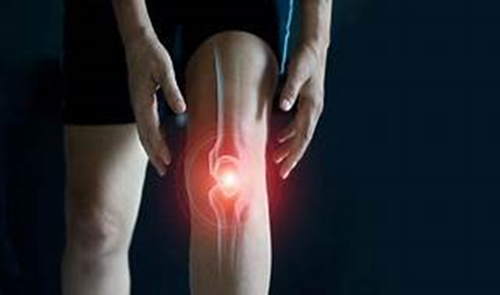A nurse is reinforcing teaching with a client who has anemia and has a prescription for ferrous sulfate. Which of the following foods should the nurse recommend that the client consume to increase the absorption of this medication?
Baked potatoes
Oatmeal
Raw oranges
Cheese
The Correct Answer is C
Oranges contain high levels of ascorbic acid, which can increase the absorption of ferrous sulfate. Baked potatoes, oatmeal, and cheese are not high in ascorbic acid and are not recommended to increase the absorption of ferrous sulfate.
Choice A, baked potatoes, is not the correct answer because it is not high in ascorbic acid.
Choice B, oatmeal, is not the correct answer because it is not high in ascorbic acid. Choice D, cheese, is not the correct answer because it is not high in ascorbic acid.
Nursing Test Bank
Naxlex Comprehensive Predictor Exams
Related Questions
Correct Answer is A,C,B
Explanation
Correct Answer is D
Explanation
The correct answer is: D.
Choice A reason: Asking a patient to rate their pain on a scale from 0 to 10 is a common method to assess the intensity of pain, not the quality. Zero indicates no pain, and ten represents the most severe pain imaginable. This scale is quantitative and helps in tracking the effectiveness of pain management over time.
Choice B reason: Inquiring if the pain is the same as it has been is a question that assesses the consistency or changes in the patient’s pain over time. It does not provide information about the quality of the pain but rather its course or any variations in the experience of pain.
Choice C reason: Asking whether the patient has any pain this morning is a question that determines the presence or absence of pain at a particular time. It does not elicit details about the nature or characteristics of the pain, which are essential to understanding its quality.
Choice D reason: Asking “What does your pain feel like?” is a qualitative question that aims to describe the characteristics of the pain, such as aching, stabbing, or burning. This information is crucial for diagnosing the cause of pain and tailoring appropriate treatment strategies. It directly addresses the quality of the pain, which is the focus of the nurse’s inquiry.

Whether you are a student looking to ace your exams or a practicing nurse seeking to enhance your expertise , our nursing education contents will empower you with the confidence and competence to make a difference in the lives of patients and become a respected leader in the healthcare field.
Visit Naxlex, invest in your future and unlock endless possibilities with our unparalleled nursing education contents today
Report Wrong Answer on the Current Question
Do you disagree with the answer? If yes, what is your expected answer? Explain.
Kindly be descriptive with the issue you are facing.
